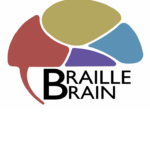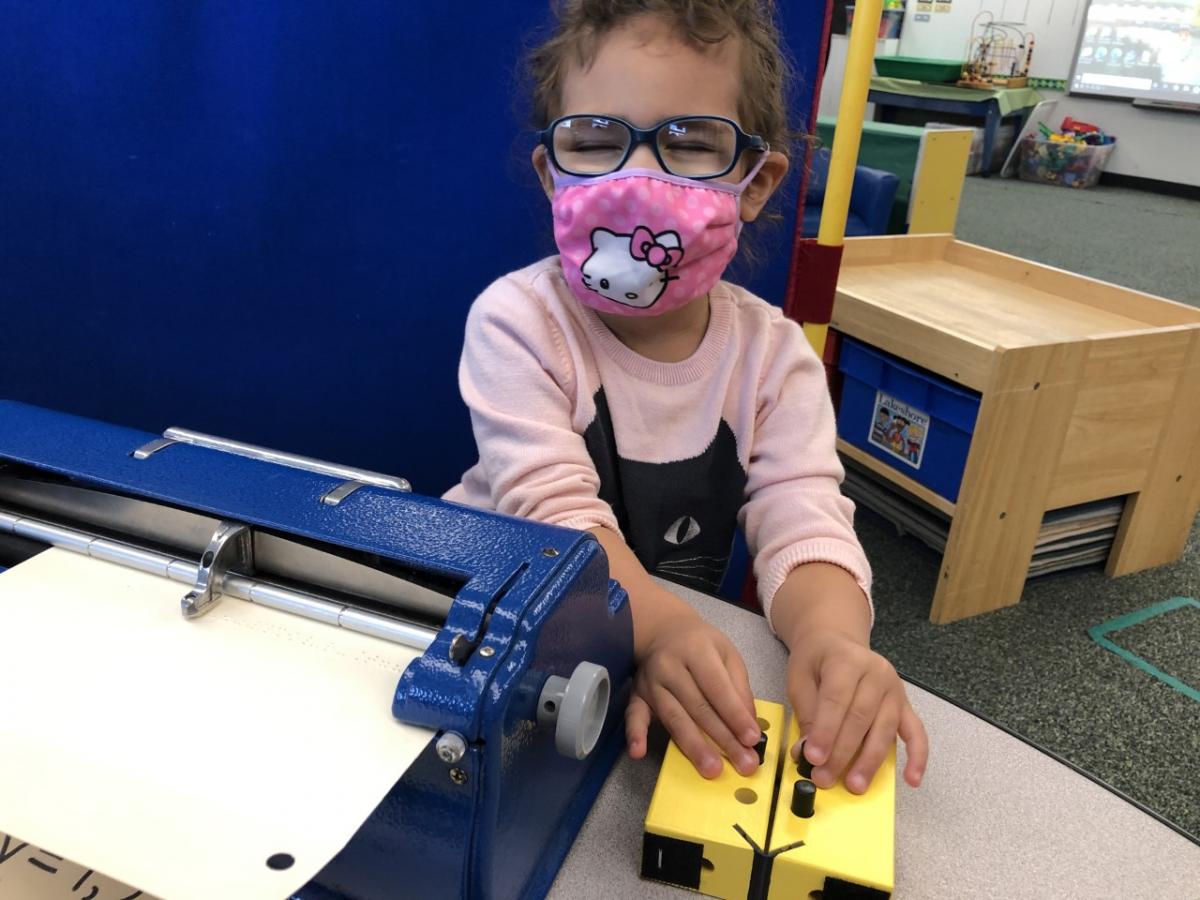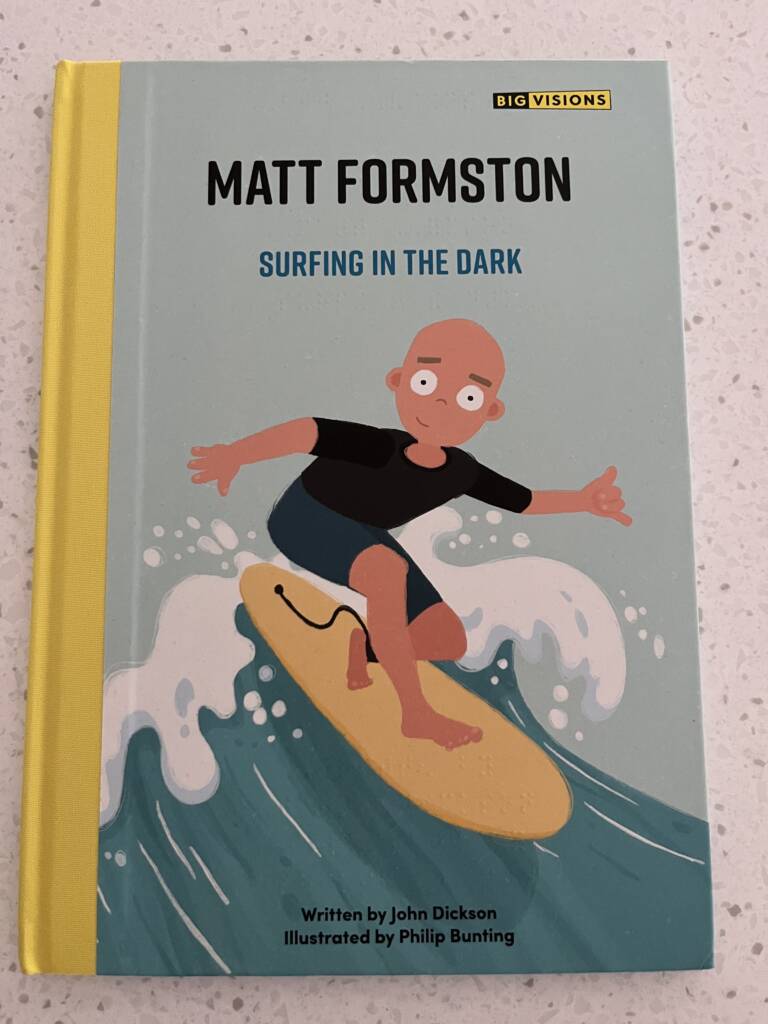One of the components of Braille Brain is a braille training program for teachers, paraprofessionals, and family members to learn braille. It consists of two courses, UEB literarybraille (including UEB math) and Nemeth braille. The courses may be used to prepare pre-service and in-service teachers to pass the braille competency exams associated with teacher preparation programs for teachers for the visually impaired. The courses are also available to teachers, paraprofessionals and parents of children who are braille learners who wish to learn and practice braille alongside their students/children.
Each course introduces a topic/concept, provides clear examples, and allows users to practice the concepts in an interactive quiz format. Additionally. it is organized to serve as a quick access reference for basic braille concepts and rules.
Each course has 21 units that range from basic numbers and letters to more advanced rules, symbols, and basic formatting. The program is constructed to parallel other braille learning programs. It is a course for print readers who will be teaching students to read braille, rather than a braille literacy course for school-age students. The Braille Brain training site is housed by APH (American Printing House for the Blind). Visit the Braille Brain training site.
The Braille Brain Training Site includes the following sections:
- UEB Foundation
- UEB Foundation Assessments
- UEB Advanced – Coming Soon
- Nemeth
After visiting the site, we welcome your feedback! Click here to fill out a brief survey.
This project was funded by the US Department of Education, Rehabilitation Services Administration (RSA), 84.235E Special Projects and Demonstrations for Providing Vocational Rehabilitation Services to Individuals with Severe Disabilities. The project is titled: Braille Brain: A Braille Training Program for pre/in-service Teachers of Students with Visual Impairments (TSVI), paraprofessionals, and other educational team members (H235E190002) The grant was originally awarded to California State University, Los Angeles, in collaboration with APH and Paths to Literacy. .

Braille Brain
Reading
- READING: Foundational Skills for Reading
- Integration of Knowledge and Ideas
- Vocabulary Acquisition and Use
- Braille Hand Movement and Refreshable Braille Displays
- Conventions of Standard English: Standard One
- Conventions of Standard English: Standard Two
- Writing and Language
- Craft and Structure
- Key Ideas and Details
- Best Practices for Teaching Braille and STEM to the Visually Impaired
- Assistive Technology to Support STEM Subjects for the Visually Impaired
- Compensatory Skills: A Focus on Organization
- Foundational Skills for STEM
- Math Instruction for Students with Visual Impairments
- Science Instruction for Students with Visual Impairments
- Tactile Graphics
STEM
- Best Practices for Teaching Braille and STEM to the Visually Impaired
- Assistive Technology to Support STEM Subjects for the Visually Impaired
- Compensatory Skills: A Focus on Organization
- Foundational Skills for STEM
- Math Instruction for Students with Visual Impairments
- Science Instruction for Students with Visual Impairments
- Tactile Graphics
- Braille Brain
- About Braille Brain
- Braille Training Program
- Foundational Skills for Reading
- Integration of Knowledge and Ideas
- Vocabulary Acquisition and Use
- Braille Hand Movement and Refreshable Braille Displays
- Conventions of Standard English: Standard One
- Conventions of Standard English: Standard Two
- Writing and Language
- Craft and Structure
- Key Ideas and Details
- Best Practices for Teaching Braille and STEM to the Visually Impaired
- Assistive Technology to Support STEM Subjects for the Visually Impaired
- Compensatory Skills: A Focus on Organization
- Foundational Skills for STEM
- Math Instruction for Students with Visual Impairments
- Science Instruction for Students with Visual Impairments
- Tactile Graphics




